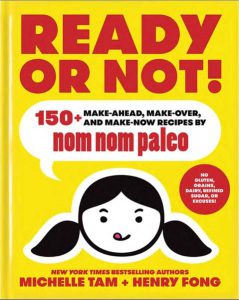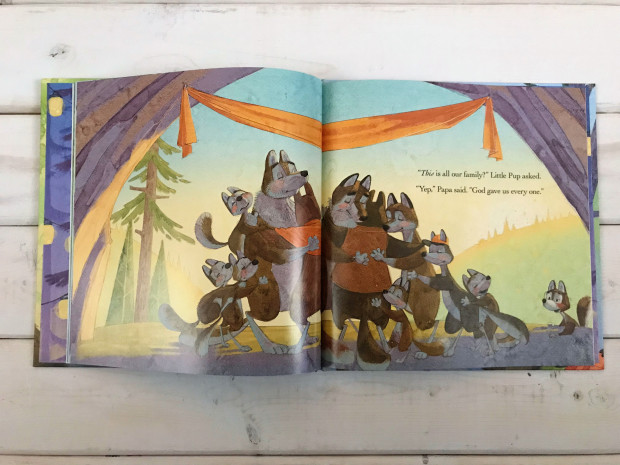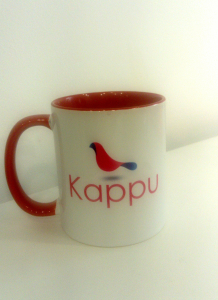In the introduction from “Emergence: The Connected Lives of Ants, Brains, Cities, and Software” by Steven Johnson, discusses the prior theory of slime mold aggregation via pacemakers. He explains that we arrived to this theory because of perceived facts; tests proving that slime mold react to waves of cyclic AMP and pacemakers. Johnson points out that previous scientists rationalized the puzzling slime mold behavior through pacemakers because it is found everywhere in our social organizations, whether it be kings to city councilmen. Evelyn Keller and Alan Turing discovered that there are no pacemakers in slime mold; in fact each slime cell is equal. Each slime cell assesses its environment and determines whether the conditions are ideal for aggregation. Only then will the individual cell emit cyclic AMP resulting in the blob of slime mold. I think it’s a bit comical that these scientists have studied slime mold and couldn’t figure out their aggregation process therefore claiming it a result of pacemakers without proof. This mistaken theory proves how scientists perceive nature based on our organizations. Johnson states that it is a perfect example of decentralization and he believes we can learn a lot from it.
In the TED talk “What Humans Can Learn From Semi-Intelligent Slime” given by Heather Barnett an example of how efficient slime mold is shown. This example is of strategically placed oats around the mold which resulted in a network that resembles the Tokyo transit, a course that took years for a team of humans to create, an “unintelligent” organism created in just little over a day. Barnett reveals a time-lapse of slime mold and how it is capable of traveling different directions simultaneously and can recognize itself. She continues citing a maze experiment that used cold air in the maze resulting in delayed performance. They repeated the experiment without the cold air and the slime mold reacted the same proving that it has the ability to learn; the slime mold had anticipated the cold air. She continues stating that she had created a website in which many members of society are welcome to study slime mold and contribute their finding to her website. One of the studies is the utilization of slime mold to map out a city. I found it fascinating that they used the mold’s efficient pathways to plan out a city. To discover and apply biomimicry to existing technologies takes creativity and innovation, I would have never thought of utilizing a slime mold to aid in urban planning.

William McDonough’s video “The Next Industrial Revolution: William McDonough, Michael Braungart & the Birth of the Sustainable Economy,” he discusses the industrial revolution. He explains that we need to be the leaders of design and create a new industrial revolution. He assigned his architecture class a new design project in which they change the relationship of design to the machine. He states that the three significant characteristics of design should first eliminate waste, respect diversity, and utilize solar income. He mentions that he would like to imagine buildings as trees; making oxygen, self-replicating, providing habitats for hundreds of species, building soil, changing colors with the seasons, and creating micro climates. This video seems a bit dated because the concept of ‘buildings as an organism’ is a key concept in green design, as I have mentioned in previous blogs. Some of the designs for this project include power from sunlight, energy efficiency, building orientation, geothermal walls, raised floors, day lighting, sun roofs, non-toxic furnishings, and reuse of waste water via “living machine.” The “living machine” is a treatment and reuse of waste water though plants and beneficial bacteria. I really enjoyed that students occupying the building participate in the care of the “living machine,” it helps the students realize that things work as systems and are connected. I also really enjoyed that McDonough mentioned connecting the outside environment to the inside by having huge glass panels and including plants indoors to avoid the feeling of being boxed in. It’s definitely time for a shift from products of service to products of consumption, meaning to use and design products that utilize systems and are healthy for the environment and its consumers or inhabitants.






